Mussels- Steamin’ Hot Beauties!
There is nothing like sitting down to a big bowl of steamed mussels. Savoring each one, dunking your crusty bread in the garlicky broth…it’s such a satisfying and healthful meal. Mussels are one of the fastest, easiest and inexpensive luxuries out there. So simple. Just steam ’em in 1/4″ of white wine, garlic, shallots, parsley…maybe a dab of butter for about 4-5 minutes or until they open. You can add fresh herbs and tomatoes if you like, or steam them in lemongrass Vietnamese style. Mussels are also great cold in salads, hot in soups or added to risotto. I’ve stuffed larger mussels with breadcrumbs, parmesan cheese, pancetta and herbs. I also make a killer Thai marinated mussel on the 1/2 shell with fish sauce, sweet chili sauce, rice vinegar, basil, mint, & cilantro. This is one versatile little beauty.

Buying and Storing
The two typical choices of mussels on the market are wild or cultured. Wild mussels are usually a bit larger, might have barnacles and larger byssus or “beards” on them (the mussels use their beards to fix themselves to piers, rocks, etc.). We’re now offering some of the best mussels we’ve ever sold, Bar Harbor mussels from Hollander & Dekoning in Bar Harbor, Maine. The Dekonings are six generation mussel farmers who have brought the Dutch style of mussel farming to Maine. Mussel seed is caught from beds along the coast. The seeds are then spread on the sea floor where they attach themselves to the floor as well as to each other. After harvest the mussels are purged to remove any grit. These mussels are hardy, good sized and delicious! Occasionally we also sell rope cultured mussels from Prince Edward Island. These mussels are hung above the sea floor and are sand and grit free.
Buying mussels can be a bit tricky. Most markets and restaurants do not do a good job in handling mussels—thus, giving rise to Anthony Bourdain pronouncements such as, “never order mussels on a Sunday.” This is because handlers don’t pay close attention to the “harvest dates” on every shipment, they don’t store the mussels properly (buried in ice but not touching water), or keep a super close eye on mortality. All mussels should be purchased and cooked live. They should all be closed tight, not be cracked or broken and feel heavy for their size. Mussels naturally “gape” and when open they are vulnerable to dehydration, causing them to weaken and die. That’s why mussels are hard to handle. It takes a lot of time and effort for a restaurant or a merchant to be constantly culling through them to remove the ones that have expired. Your fish monger should be going through them very carefully at the time of your purchase. If the salesperson is just tossing them into a bag or if you see those pre-portioned bags at the store, you’re probably going to find dead mussels at home.
Ideally, you should cook mussels the same day that you buy them. If you need to store them for a day or two place them in a container and cover with a damp towel or newspaper. Before cooking, fill container with a little ice and water and swish them around to agitate, then drain. Most gaping live mussels will close. Sometimes a stubborn open mussel will close if you tap it on the counter and pinch the shells together. If you don’t detect any movement, get rid of it (dead). It’s always good to rinse and check them just before cooking.
Now is the season to enjoy mussels at their finest, most plentiful, sustainable, healthful goodness!

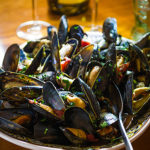 Previous Post
Previous Post

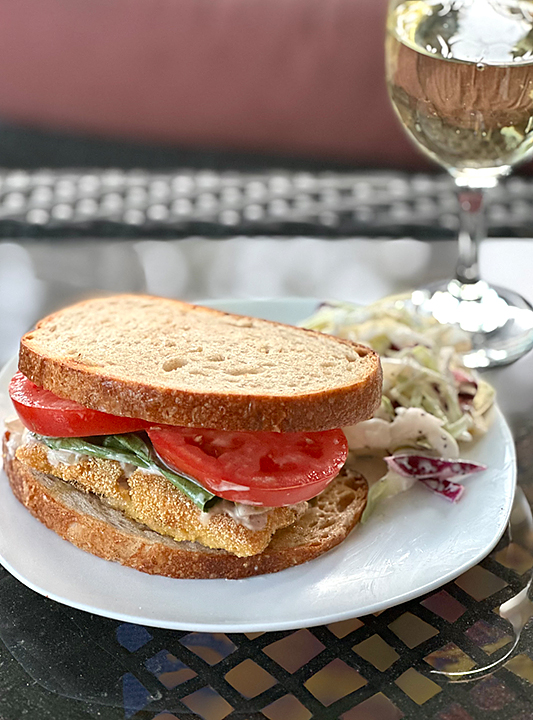

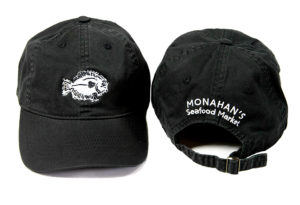
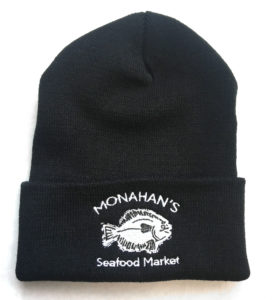
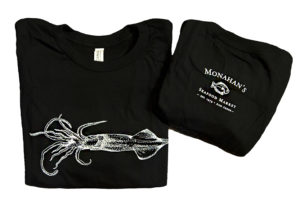

[…] tin tycoon, Williams B. Leeds, a regular patron and huge fan of the soup. Remember to follow the Monahan’s Mussel-culling protocol before steaming […]